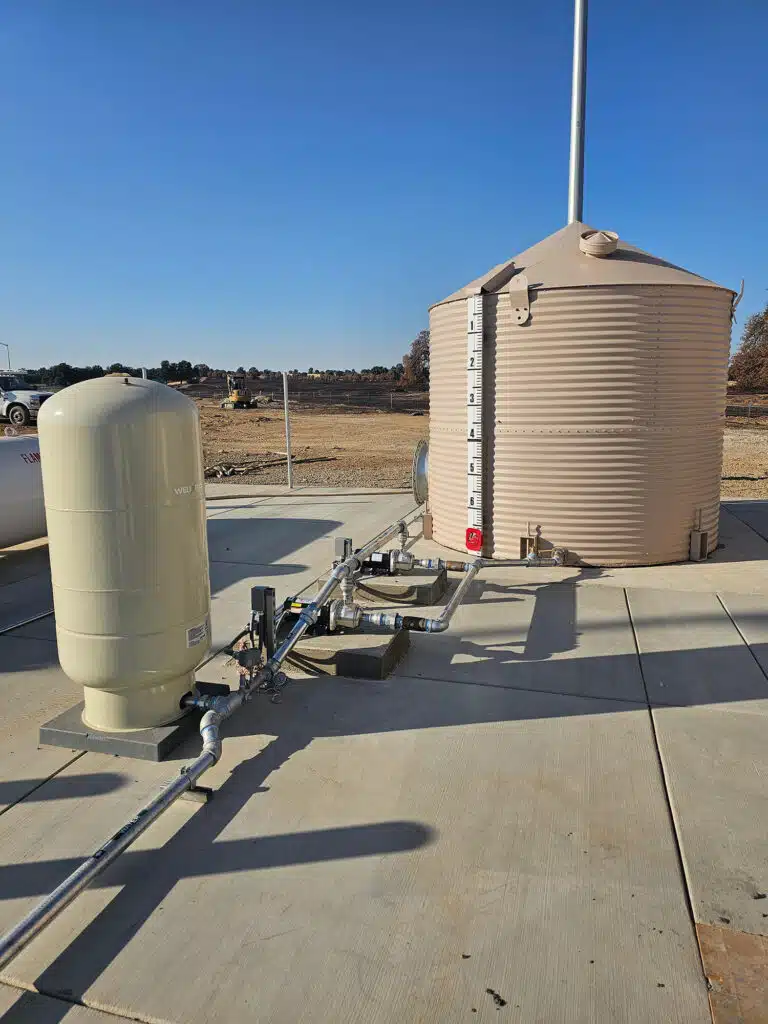What does demand letter mean in the legal space?
What Does Demand Letter Mean in the Legal Space?
In the legal landscape, a demand letter serves as a critical communication tool, often marking the first formal step in the dispute resolution process. According to the Munley Law Glossary, a demand letter is a written document sent by one party to another, outlining a request for payment or Action and detailing the reasons for that demand. This letter plays a vital role in legal negotiations, serving as a precursor to more formal legal action. Understanding the purpose, structure, and implications of a demand letter is essential for individuals and businesses involved in legal disputes.
Purpose of a Demand Letter
The primary purpose of a demand letter is to communicate a claim or request before resorting to litigation. Here are several key functions that a demand letter typically serves:
Initiating Communication: A demand letter formally initiates communication regarding a dispute. It signals to the recipient that there is a serious issue that needs to be addressed, allowing for an opportunity to resolve the matter amicably.
Detailing Claims: The letter provides a platform for the sender to articulate their claims clearly. It typically includes a summary of the facts leading to the demand, the specific legal grounds for the claim, and the relief sought, whether it be monetary compensation or specific performance.
Establishing a Record: A demand letter creates a formal record of the sender’s request and the reasons behind it. This documentation can be crucial in any subsequent legal proceedings, demonstrating that the sender made a reasonable attempt to resolve the issue before escalating to litigation.
Encouraging Settlement: Many disputes can be resolved through negotiation, and a well-crafted demand letter can facilitate this process. By laying out the sender’s position clearly, the letter may encourage the recipient to respond positively and seek a resolution without the need for costly legal action.
Setting Deadlines: Demand letters often include a deadline by which the recipient must respond or comply with the demand. This creates urgency and prompts the recipient to take the matter seriously, potentially leading to a quicker resolution.
Structure of a Demand Letter
A demand letter typically follows a structured format to ensure clarity and professionalism. Here’s an outline of what a typical demand letter might include:
Sender’s Information: At the top of the letter, the sender’s name, address, and contact information should be clearly stated.
Date: The date on which the letter is sent should be included.
Recipient’s Information: The name and address of the recipient should follow the date, ensuring the letter is directed to the correct party.
Subject Line: A brief subject line that indicates the nature of the letter can help the recipient understand its importance at a glance.
Introduction: The opening paragraph should clearly state the purpose of the letter. It may reference any prior discussions or communications regarding the issue.
Statement of Facts: This section provides a detailed account of the relevant facts leading to the demand. It should outline the situation clearly and objectively, avoiding emotional language.
legal Grounds: The letter should explain the legal basis for the demand. This may include references to relevant laws, contracts, or obligations that support the claim.
Demand for Relief: The core of the letter should specify what the sender is requesting, whether it is a specific amount of money, performance of an action, or cessation of certain behavior.
Deadline for Response: A reasonable deadline for the recipient to respond or comply with the demand should be included, typically ranging from a few days to a few weeks.
Closing Statement: The letter should end with a polite but firm closing statement, expressing the sender’s hope for a prompt resolution. It may also indicate the potential for further action if the demand is not met.
Signature: Finally, the sender should sign the letter and include their printed name beneath the signature.
Implications of a Demand Letter
While a demand letter can be an effective tool for resolution, it also carries certain implications:
Legal Consequences: Sending a demand letter can have legal consequences. It may be viewed as a formal assertion of one’s rights, and failure to comply with the demand could lead to litigation. Conversely, responding to a demand letter may obligate the recipient to take action or enter negotiations.
Potential for Litigation: A demand letter often serves as a precursor to litigation. If the recipient fails to respond or does not comply with the demand, the sender may choose to escalate the matter to court, relying on the demand letter as evidence of their attempt to resolve the issue amicably.
Professionalism: A well-written demand letter reflects professionalism and seriousness. It shows that the sender is willing to engage in dialogue and seeks a fair resolution. Conversely, a poorly written or overly aggressive demand letter may damage relationships and undermine the sender’s position.
Insurance Implications: In some cases, a demand letter may be sent to an insurance company, especially in personal injury or property damage claims. The letter serves to notify the insurer of the claim and can affect the insured party’s coverage and obligations under their policy.
